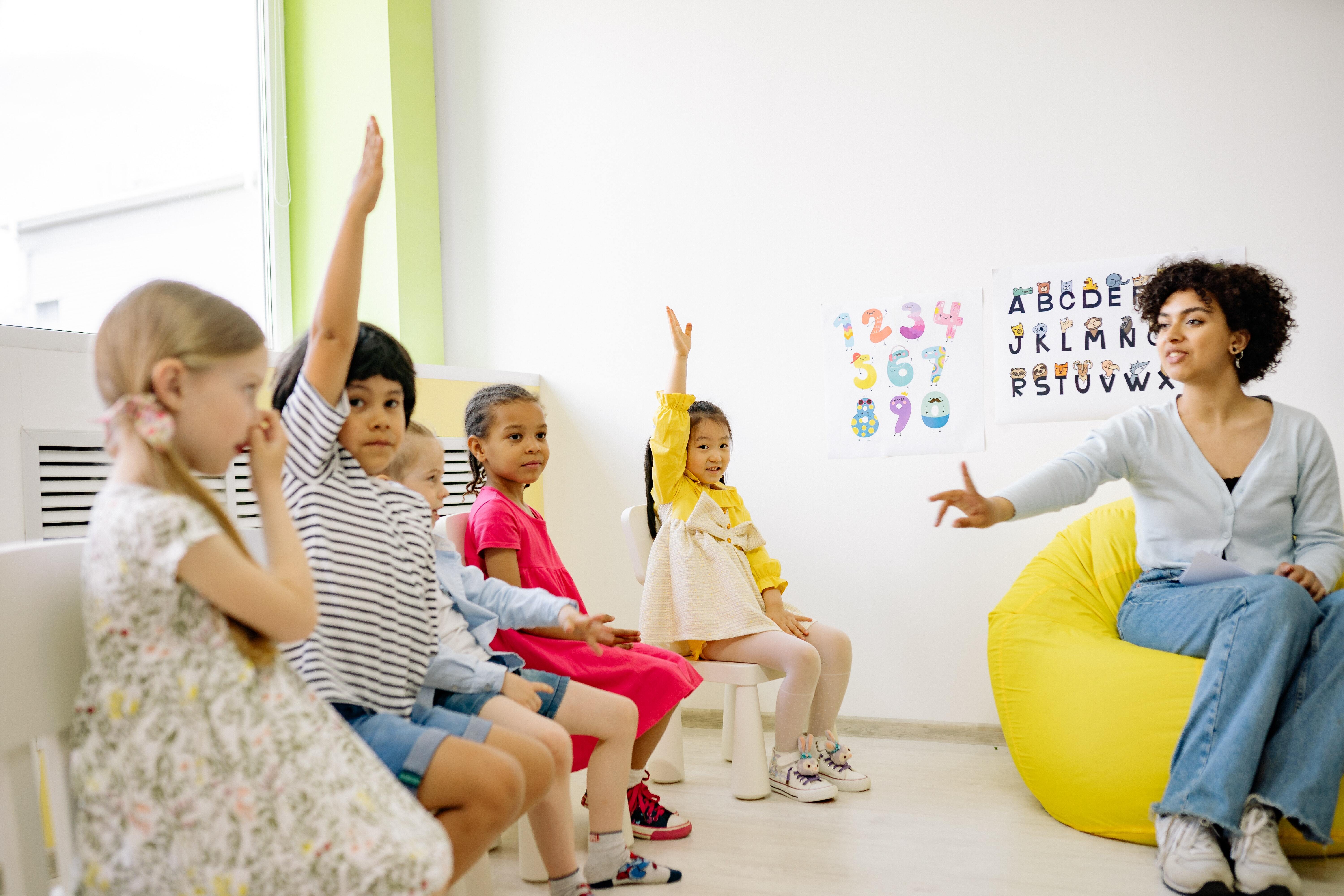
Why early access to computer science matters
Samaira Mehta, the 12-year-old CEO of CoderBunnyz and CoderMindz, began coding at six years old. With a love for coding, Samaira fostered the idea for these two code-based games shortly after her 6th birthday. With a goal to close the gender gap in coding, she later began the initiative “Girls who Code.” This organization helps women develop computer science (CS) skills and gain equal opportunities in the CS field. Samaira Mehta has made an incredible difference in the world of computer science, and it all started at six years old.
What a force one child can be when equipped with the skills and tools at an early age. Typically, CS is thought to be a subject for the secondary space, grades 6th-12th. However, if this snap thought crossed your mind, I urge you to reevaluate.
Several states are currently creating, or have created, Career and Technical Education (CTE) standards for K-12. CTE is “the practice of teaching specific career skills to students.” Among several topics that these standards include, STEM and computer science are often included. There are thousands of careers in STEM and CS fields. Unfortunately, there are few people to fill these available roles. By introducing CS to students beginning in K-2, we strengthen their critical thinking and problem solving skills and equip them with the tools for a CS related career in the future.
Starting kids in CS as early as Kindergarten
It is crucial that we introduce students to CS beginning as early as Kindergarten. Typically as students grow older, they form preconceived ideas on the type of person who they believe is good at CS based on stereotypes. It is the responsibility of educators and companies, like Skill Struck, to provide CS opportunities to all students to discover their talent and passion in coding starting from an early age. Lee and Junoh’s conclusion in their study, “The concern is not [only] whether we are exposing children to coding, but how to expose them to coding in a developmentally appropriate manner and in a way that will get them to playfully engage in coding.”
So the question stands, how do you engage young learners in K-2 with a subject like computer science? The answer lies in unplugged activities.
Engaging young students in unplugged activities
An unplugged activity is a hands-on activity that takes place away from a computer, contrary to plugged activities which are done using technology.
In the upper grades, computer science in CTE is primarily taught through the use of technology and platform activities. However, early elementary students are unfamiliar with computers and technology. This is why the need for unplugged activities is present.
Unplugged activities include movement, drawings, and/or manipulating objects, like blocks, to teach CS concepts. Unplugged activities help young learners make a tangible connection with an abstract concept. For example, by providing arrows for students to code directions on a classroom grid, it offers a more kinesthetic and visual form of learning to teach the concept of algorithms. Another example could be teaching how the internet works through the creative use of a puzzle. Or, teaching sequencing through well-practiced classroom procedures, like lining up for lunch or turning in homework. Connecting code with daily routines that children are familiar with offers meaning to the CS concepts they learn.
Not only are unplugged activities developmentally appropriate for our students in grades K-2, but the hands-on approach engages students with the abstract concepts of CS. Incorporating these activities, tailored to the interests of your students, will engage them in learning and will support them in being prepared for the STEM and CS opportunities that come their way.
If you'd like to learn more about unplugged activities, and other way to engage K-2 students in computer science, reach out to the Skill Struck team here.
Leave Your Comment Here